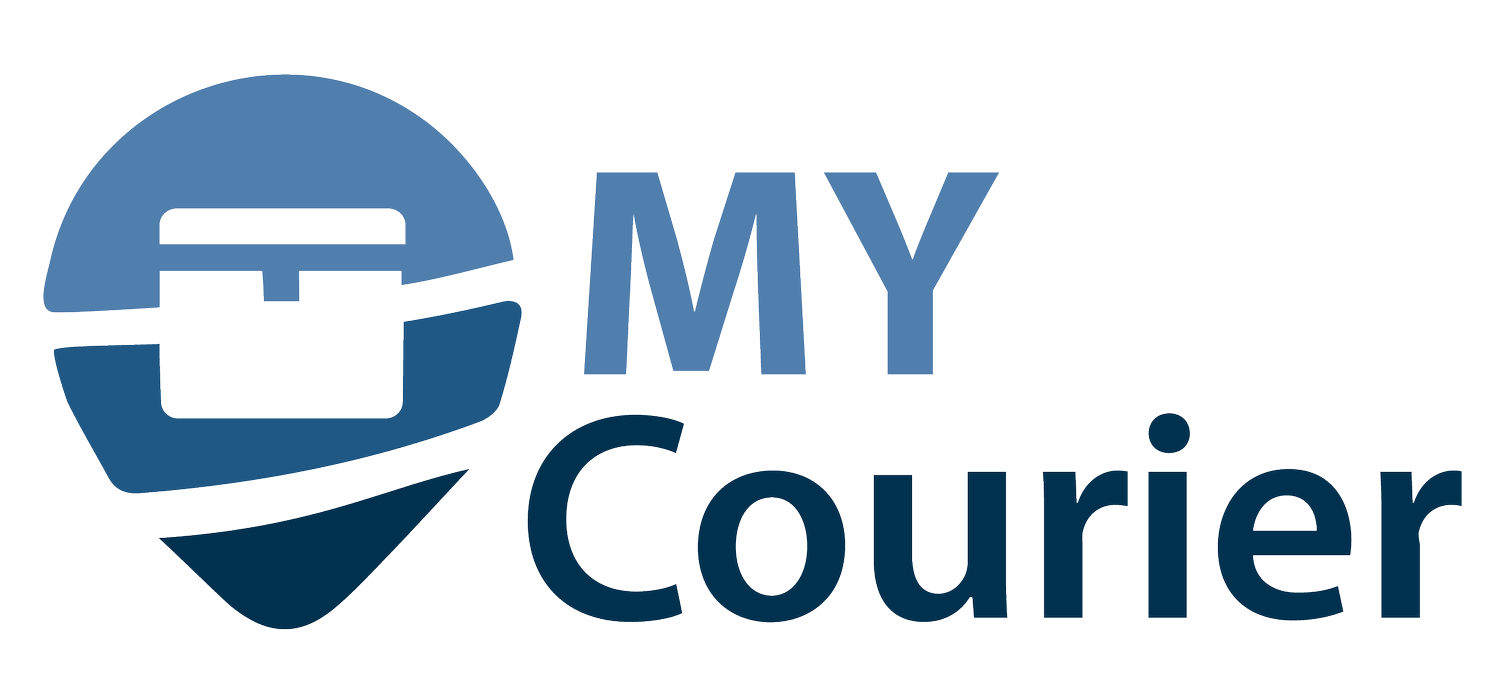Frequently Asked Questions About Using a Last-Mile Delivery Business
Is a partnership with a last-mile delivery business in your future? Here are the top questions our real-life partners often ask us, and our expert answers!
#1 What are the different types of last-mile delivery models?
In last-mile, it’s common to see two types of models used in the industry: "Pick, Warehouse, Sort, and Deliver" and "Pick and Deliver."
Pick, Warehouse, Sort, and Deliver (PWSD): The PWSD model is often used by large e-commerce companies and carriers to efficiently manage high volumes of deliveries.
Here’s how it works:
Products are first picked up from a fulfillment center or warehouse.
They are then transported to a central sorting facility, where they are organized and prepared for final delivery.
After sorting, these packages are distributed to their respective destinations and delivered to customers.
Pick and Deliver (P&D): Unlike the PWSD model, the P&D is a popular choice for local couriers and small-scale delivery services.
Here’s how it works:
Products are directly from the source, such as a retailer's location or distribution center, and delivering them straight to the customer's doorstep. Easy, simple, and efficient.
The P&D model eliminates the need for intermediate sorting and is commonly used for single-item or small-scale deliveries.
#2 How can I assess a potential delivery partner?
When evaluating a last-mile delivery partner, it’s important to take into consideration the different types of operational characteristics.
A Historical DCR (Delivery Completion Rate) could provide you with information on the performance of a delivery partner. A high DCR indicates that most deliveries are completed successfully, suggesting reliability and customer satisfaction.
The number of vehicles and drivers in a delivery partner's fleet can give you an idea of their ability to handle your delivery volume. A strong team of delivery associates and vehicles can also ensure timely deliveries and the tools to meet rising consumer demands.
Excess capacity represents the resources a delivery partner has beyond their current demand. A delivery partner with a high percentage of excess capacity is more likely to handle unexpected volume spikes, which can reduce the risk of service disruptions during peak delivery times.
Finally, a delivery partner should have strong coaching and training protocols in place as it shows their commitment to ensuring their drivers are well-prepared to handle all types of delivery scenarios and customer interactions.
#3 How much should I be paying for last-mile delivery?
The amount you pay for last-mile delivery is dependent on a number of factors, including:
Order volume
The size and weight of the packages
The distance to the shipping destination
Geographical coverage
Delivery speed, including one-day and express shipping
Given the variability in last-mile delivery costs, it's important to provide as many details as you can about your business needs when connecting with a potential last-mile delivery partner. In doing so, the partner can create a tailored pricing proposal based on your unique goals.
If you’re considering partnering up with a last-mile delivery business, look no further than MYCourier Inc.! We've got the capacity to handle all your delivery needs, from small parcels to oversized packages (XL delivery). Our dedicated drivers and operations team guarantee top-notch professionalism and reliability with every single delivery.

